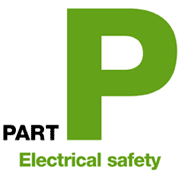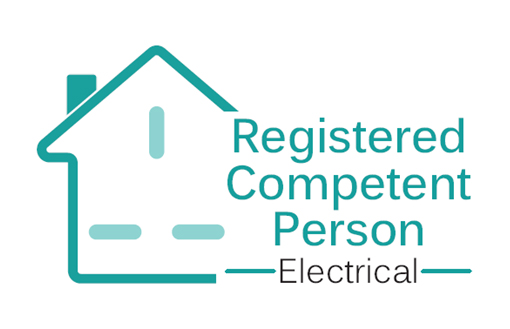Electrical Inspections - Part 2
Hi and welcome to my blog, part 2 focusing this week on electrical inspections or electrical testing for domestic homes in Bexley, Sevenoaks, Bromley and Dartford
The inspection is based on the electrical system of each individual household and includes the following:
The adequacy of earthing and bonding.
The suitability of the switchgear and controlgear. For example an old fusebox with a wooden back, cast iron switches, or a haphazard mixture of both will need replacing.
The serviceability of switches, sockets and light fittings. The following may all require replacing; older round pin sockets, round light switches, braided flex hanging from ceiling roses to light fittings, black switches and sockets mounted in skirting boards.
The type of wiring system and its condition. For example cables coated in black- rubber were phased out in the 1960s, likewise cables coated in lead or fabric are even older and may well need replacing (modern cables use pvc insulation).
The provision of residual current devices for sockets that may be used to plug in outdoor electrical equipment.
The presence of adequate identification and notices.
The extent of any wear and tear, damage or other deterioration.
The changes in house which have led to, or may lead to, problematic wiring.
Source: http://www.esc.org.uk/public/find-an-electrician/pirs-explained/
An electrical inspection is now known as an EICR (Electrical Installation Condition Report) formerly known as a PIR (Periodic Inspection Report)
At the end of the inspection you will receive a written report telling you of the condition of your home electrical system.
It is recommended that every homeowner has a EICR carried out every 10 years. If you have not had a PIR carried out over that time then I would strongly recommend you have an electrical safety test carried out asap, even if your electrics appear to be working as normal.
Different rules apply to rental homes, businesses, caravans and swimming pools as well as when you buy or sell a home.
Finally, always check that your electrician is able to carry out a PIR for you by contacting the relevant organisation your electrician is registered with. Being a qualified electrician alone does not automatically mean they can carry out a PIR so please check first.
There is more information on PIR inspections on the Electrical Safety Council website: http:/www.esc.org.uk/public/find-an-electrician/pirs-explained/
Alternatively you can download our free guide here:
If you have any questions on this topic or would like to book in a visit for an Electrical Installation Condition report in your home please give Mark a call on 01322 686 073 or email to mark@mtrps.co.uk







